'It’s nothing to do with photography' – Sony World Photography Award winners tell us their mixed feelings about AI
Differing opinions, but there's an overall consensus that we need transparency
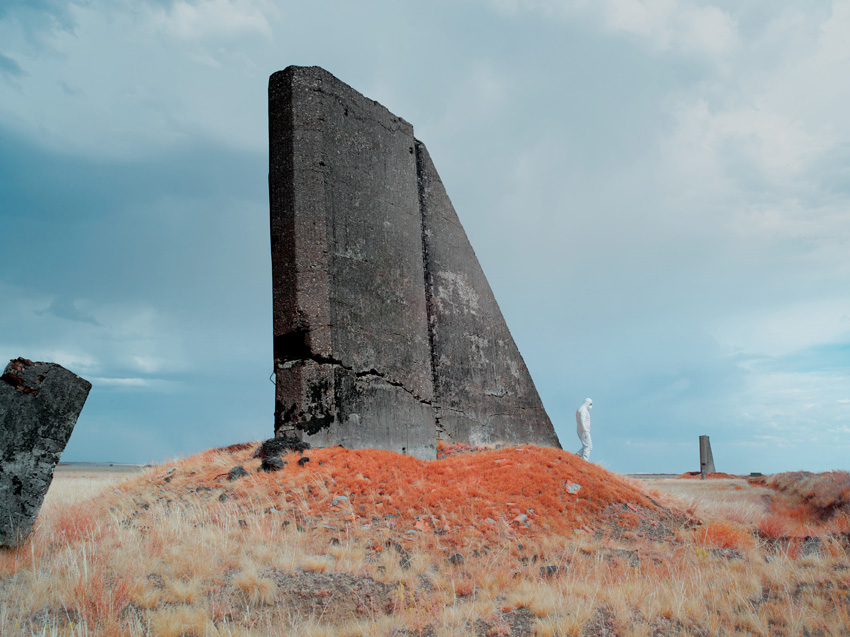
The Sony World Photography Awards (SWPA) 2024 winners have been revealed, hand-picked from a staggering 380,000 entries. I was one of the lucky few to attend the press conference, exhibition and awards ceremony for the public announcement on April 18.
The legendary Sebastião Salgado was there in person to receive the Outstanding Contribution to Photography accolade – do check out his vast and profoundly moving catalog of black and white photos – as were the 10 award winners across categories such as Creative, Portrait and Still Life, plus the sustainability, youth and student winners.
Some pictures stopped me in my tracks, pulled me in – revealing hidden details as I ruminated on the backstory – and left me wanting to know and see more, especially the series A Thousand Cuts by Sujata Setia from the UK and Father and Son by Valery Poshtarov from Bulgaria. The creators being there to personally walk me through those stories and peel back the layers, made it all the more special.
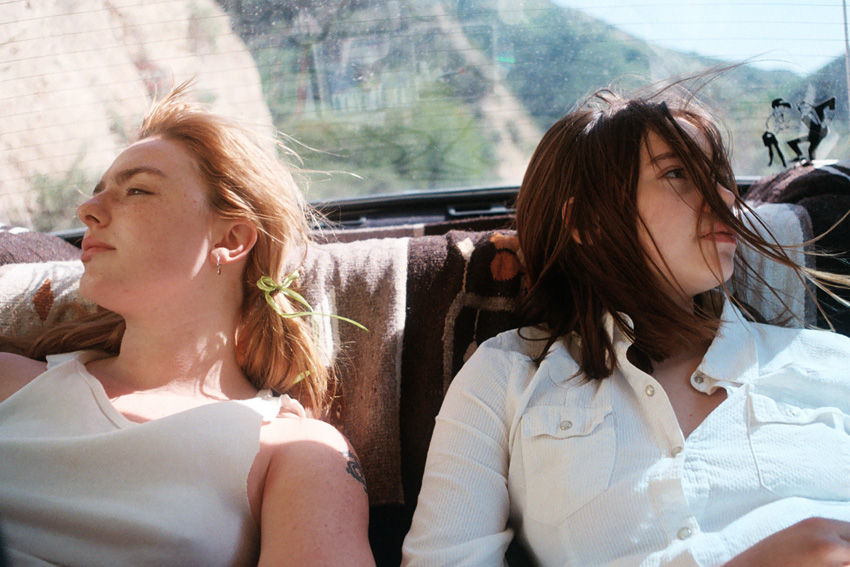
During the exhibition, a topic that’s been buzzing around in my mind for over a year came to the fore – AI-generated images in photo competitions. It was a headline that dominated the previous year's awards: one of the category-winning images was generated using AI – the result of a few word prompts and millions of random pixels from unknown sources coming together faster than it takes my kettle to boil.
Even now, twelve months later, AI is a topic that photography awards organizers appear keen to avoid and there was no acknowledgment of its presence during the awards.
Appreciating the superb photos on display: the time, expense and dedication of the photographers, and the bravery of their human subjects, I was keener than ever to discuss the subject that largely stood at odds with what I was witnessing. Is there a place for AI-generated images in photo competitions? How should photo competitions respond?
I sought out my favorite creatives from the awards, including ‘Portrait’ category winner Valery Poshtarov, ‘Creative’ category winner Sujata Setia and ‘Still Life’ category winner Federico Scarchilli from Italy with his Flora series, to find out what they think.
Get daily insight, inspiration and deals in your inbox
Sign up for breaking news, reviews, opinion, top tech deals, and more.
- Browse all of the competition winner galleries.
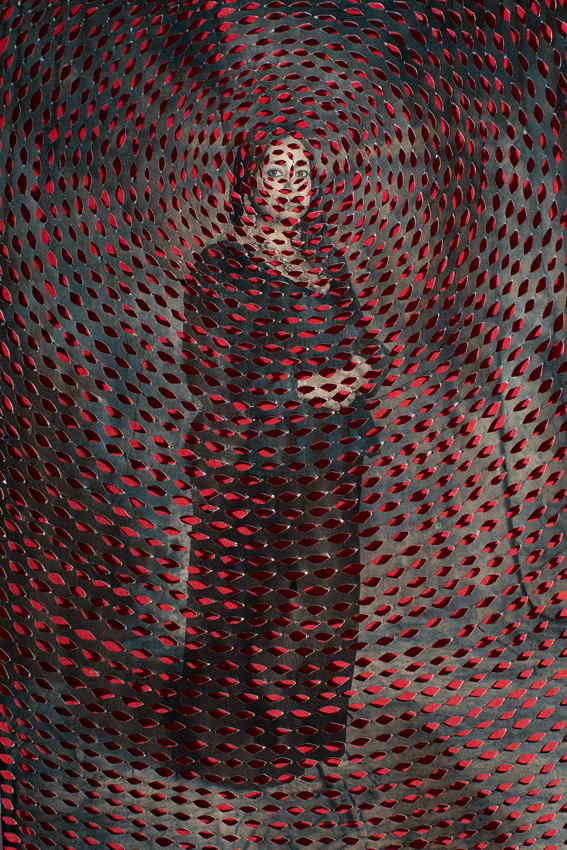
"I’m a hardcore traditionalist. For me, I haven’t tried to create yet with AI"
In Sujata Setia's words, A Thousand Cuts is "an ongoing series of portraits and stories that present a photographic study of patterns of domestic abuse in the South Asian community. I have borrowed the metaphorical meaning of lingchi to showcase the cyclical nature of domestic abuse.
"The continuous act of chipping at the soul of the abused is expressed by making cuts on the portrait of the participant, while the prints are made on thin paper to depict the fragility of the existence. The final artwork is photographed in a tight crop to create a sense of suffocation and absence of room for movement."
I don’t think it should be brought into the same domain as human-produced photographic images.
Sujata Setia
We spoke at length about her moving series and I urge you to discover A Thousand Cuts for yourself, too. Here's what she said about AI:
"I’m a hardcore traditionalist. For me, I haven’t tried to create yet with AI. I find it fascinating, but it’s a completely different genre. It’s nothing to do with photography and I don’t think it should be brought into the same domain as human-produced photographic images.
“SWPA could definitely have a category for AI-generated images, which is a different category of course, but I believe it’s not part of a portrait category or a creative category.”
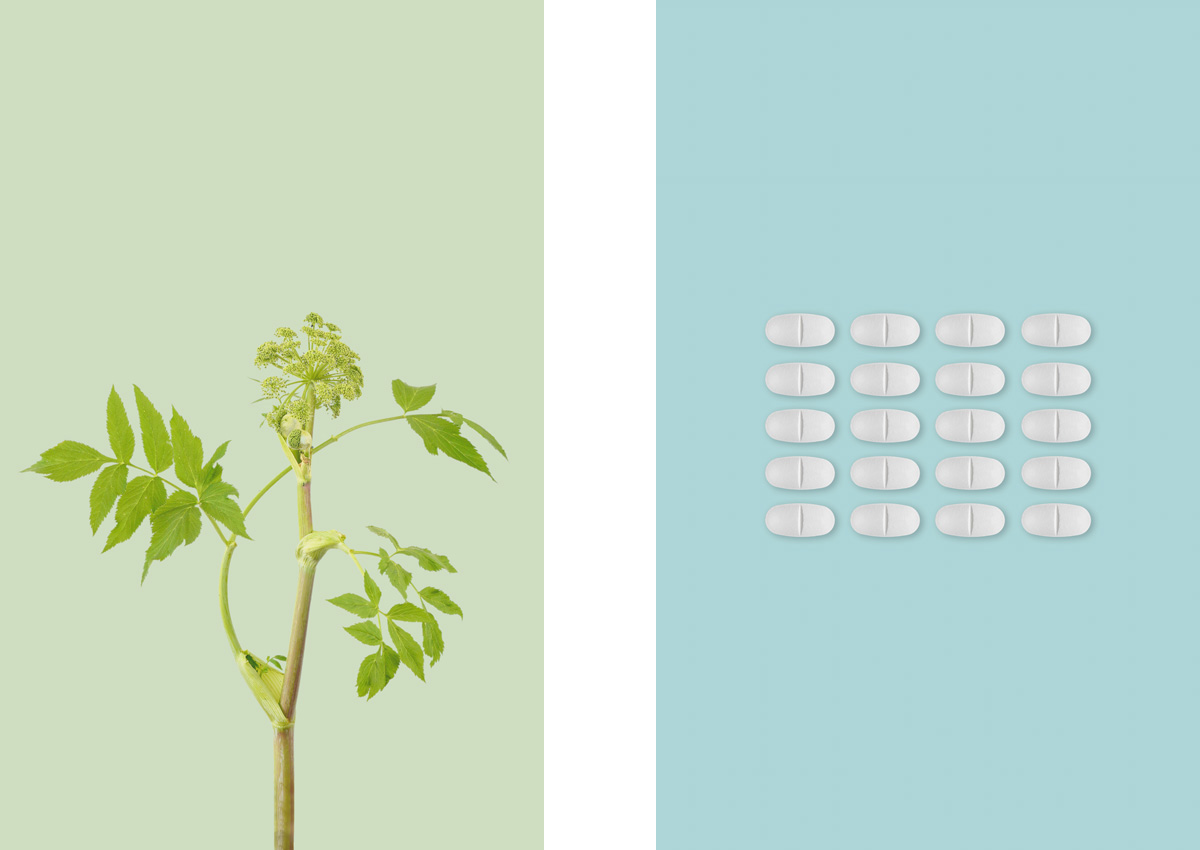
"The tech is going forward and as artists we need to follow the tech as it develops."
Flora won the Still Life category at SWPA 2024. Created by Federico Scarchilli who says, "Plants are among the main suppliers of medicinal substances and should be considered as the producers and dynamic containers of chemical substances. In their evolution, they have developed innumerable secondary metabolites that perform various ecological functions for the plant, such as repellence, defense from herbivores, fighting against other plant species for resource control, defense from parasites and attraction to pollinators.
"These secondary metabolites have also shown important pharmacological activities in humans, which constitute the active ingredients or the main components on which the curative action of a drug depends; in fact, 40 percent of monomolecular drugs derive from plant species. This series highlights the important role of pharmacognosy in modern biology."
As artists we must follow the new way of doing art.
Federico Scarchilli
Federico has a different stance on AI-generated images to Sujita.
“Yes, I think AI-generated images are totally fine. AI is a normal part of the process, the tech is going forward and as artists, we need to follow the tech as it develops. However, whether on the internet or those that are visiting exhibitions – it’s a must that the viewer knows what they are seeing is generated by AI.
"Photography is developing more and more every year, but as artists, we must follow the new way of doing art. It’s not a problem. But the viewer needs to know it. People not knowing it’s AI is the problem. Reality can be manipulated by not knowing what you are seeing – if it’s used in the wrong way it could be the worst thing. But it’s up to us how we use it."
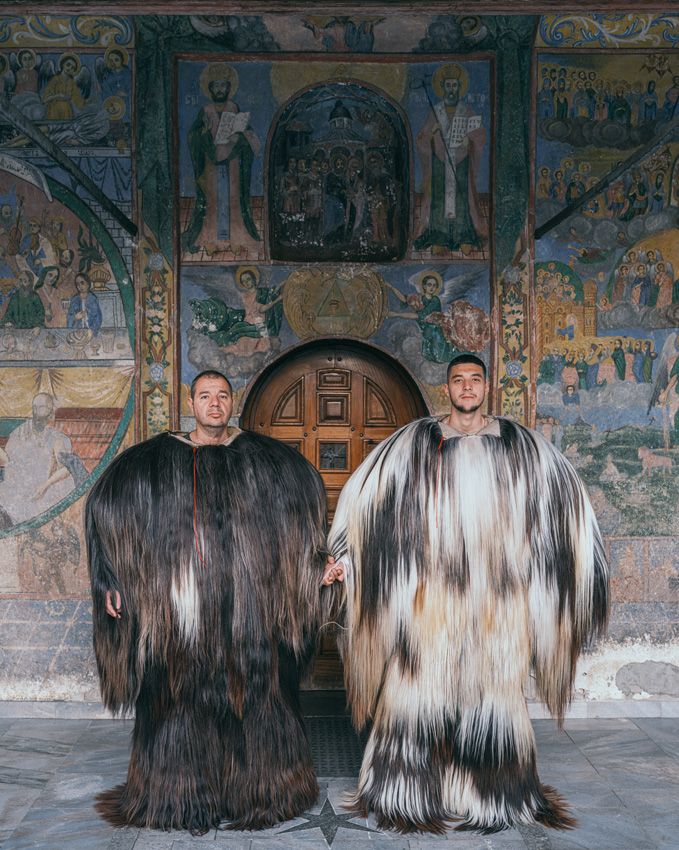
"These people are authentic human beings... present and connected"
Every man that I spoke to at the awards was touched by the symbolic action of holding hands in Valery Poshtarov's Father and Son photos – we're sons, many of us fathers. Here's what Valery has to say about his ongoing project:
"In a world that is already growing apart, holding hands becomes a silent prayer – a way to come together again. While posing, fathers and sons hold hands for the first time in years, sometimes decades. It’s a powerful moment, often filled with hesitation or even resistance. This act of intimacy became the project’s main purpose, the photographs being just a mere testament to the long-unspoken love between the men.
If AI is able to produce aesthetically pleasing images with an infinite number of creative ideas, what would still be missing is this presence of real life.
Valery Poshtarov
"Spanning cultures, reaching corners of Bulgaria, Georgia, Turkey, Armenia, Serbia and Greece, this project has become a beacon of emotional expression and cultural preservation. It serves as a global stage, encouraging fathers and sons from around the world to join the act. By leaving the narratives behind, these portraits become open to interpretation and I invite viewers to add their own layers of meaning, making us all contributors to this evolving story of humanity."
Valery passionately spoke about AI with me in the context of his work.
“These people are authentic human beings, living, experiencing something that they have never experienced before, being present and connected, is unique in its own way and cannot be replicated. If AI is able to produce aesthetically pleasing images with an infinite number of creative ideas, what would still be missing is this presence of real life. This forces me to continue, with each new portrait, with each new father and son, I see a completely new story. There’s two more people holding hands. There’s humanity waiting to be involved in this shared act.”
A need for transparency
Open conversations like the ones I had with several professional and award-winning photographers are important – we human creatives cannot afford to ignore AI image generation.
The talented creatives I spoke with had wide-ranging stances on utilizing AI and its potential place in photo competitions. But a common thread throughout our conversations was one of transparency. Better to allow AI by creating a defined space for it within competitions – an AI category, if you will – than to cut it out altogether, although the issue of copyright cannot be ignored.
We know from the SWPA competition rules, like many other photo contests, that computer generated content is not accepted (while manipulated analog or digital photographs are fine). Will organizations like Creo and the World Photography Organisation, which look after the Sony World Photography Awards, create an AI-generated category?
I think there's an element of wishful thinking within such photography circles that AI image generation is a fad, and it's better to let in blow over than to adapt. Creo Founder and CEO Scott Gray told TechRadar in February 2023 that "photography is at the forefront, constantly adapting and evolving". I doubt that sentiment translates to future photo contest rule changes that allow AI generated images.
Competition rules alone regarding the stance on AI generated images provide us the what but not the why, and I think both are important to know. I'm sympathetic – this is a complicated topic after all. None-the-less, I don't think we should shy away from public conversations about it – we need a more complete picture.
- The Sony World Photo Awards 2024 exhibition is open to the public from April 19 to April 25 and takes place in Somerset House, London. Tickets can be booked on the SWPA website, starting at £7.50.
You might also like

Tim is the Cameras editor at TechRadar. He has enjoyed more than 15 years in the photo video industry with most of those in the world of tech journalism. During his time as Deputy Technical Editor with Amateur Photographer, as a freelancer and consequently editor at Tech Radar, Tim has developed a deeply technical knowledge and practical experience with cameras, educating others through news, reviews and features. He’s also worked in video production for Studio 44 with clients including Canon, and volunteers his spare time to consult a non-profit, diverse stories team based in Nairobi. Tim is curious, a keen creative, avid footballer and runner, and moderate flat white drinker who has lived in Kenya and believes we have much to enjoy and learn from each other.